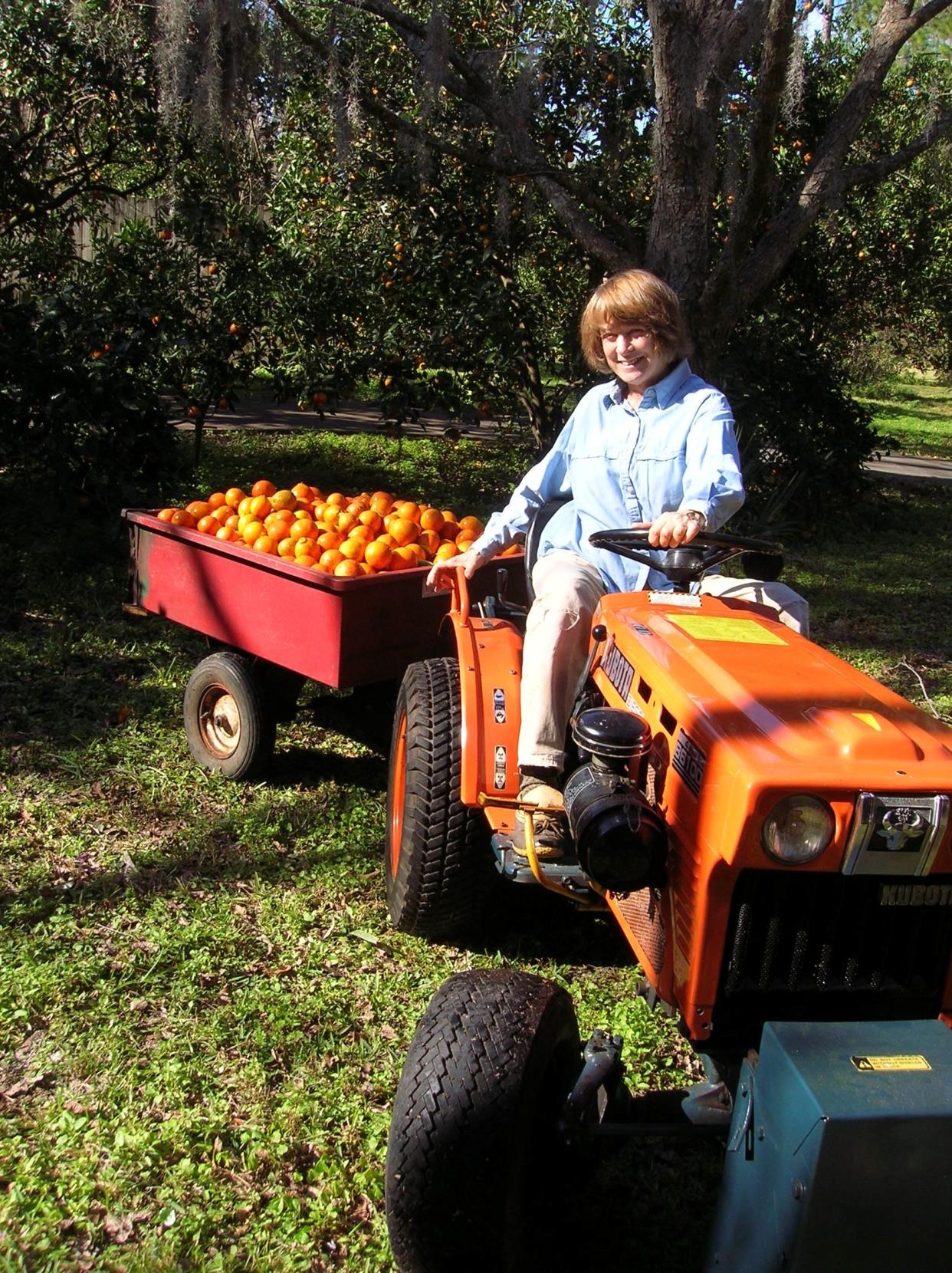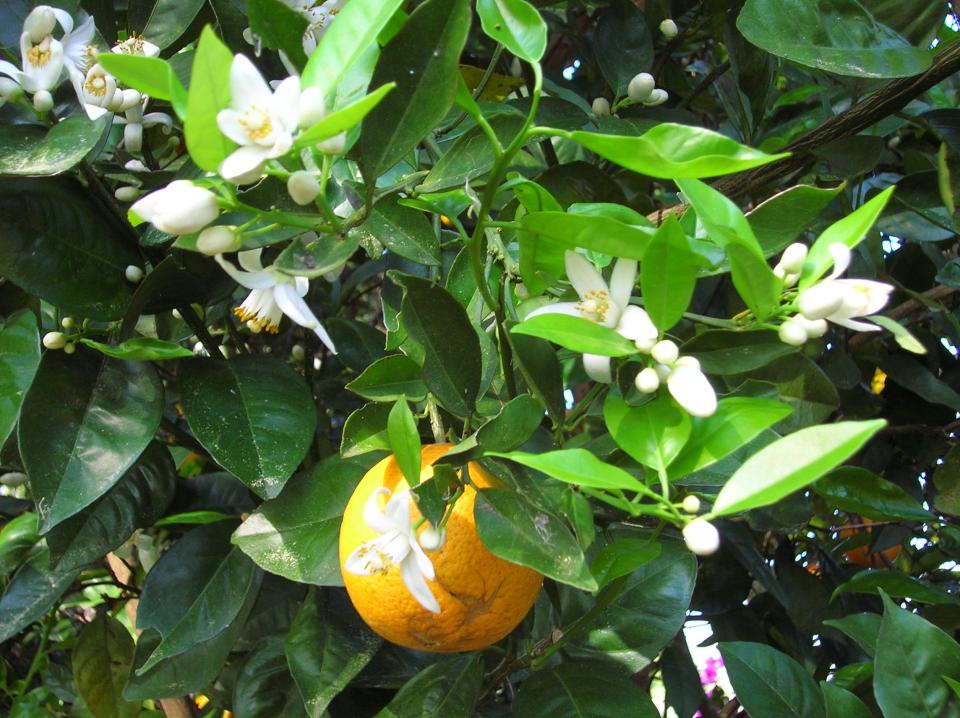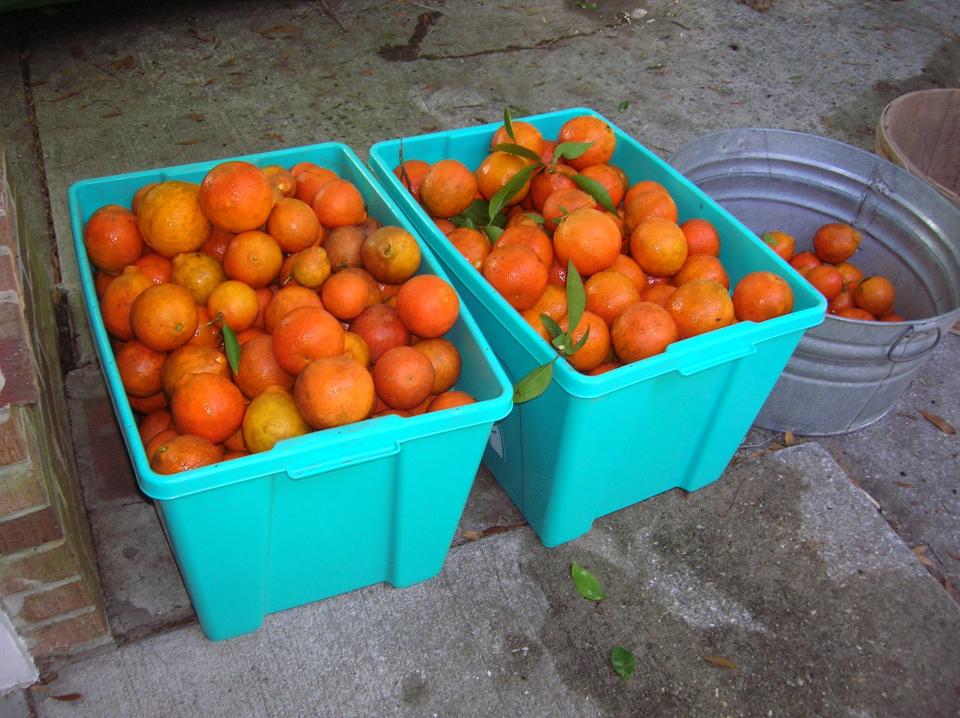Living the ‘citrus life’ along the St. Johns River isn't always easy

Moritani Point is a spit of land that juts out into the St. Johns River at the northeastern edge of Carman Cove. It sits where the great northbound river opens up just beyond the point, turns north and spreads miles wide with primordial swamps on either side. But the point is high and dry above the sluggish brown river, and has no doubt welcomed man and beast for centuries.
We know that the earliest residents of this area — who left bits and pieces of their ancient pottery in the shallows — found the point pleasant because of the prevailing winds that arrive like clockwork from the coast and cool it in the summer, and the river’s warm water flowing from the south that protects it in the winter. We have lived here more than four decades.
It seems likely it was for that very reason that a Japanese immigrant, Moritani, planted his grove here on the point and gave his name to this little piece of paradise many years ago. When the worst of our winter cold fronts bluster and blow, it is at our “back door,” from the northwest. All to the northwest of Moritani Point is the broad St. Johns River, miles wide.
'The Tiny Kitchen Cookbook': A timely collection of recipes for those with limited space
Perennial fruits and vegetables: Garden crops for the long haul
Under normal conditions, a large body of water tends to temper the highs and lows in degrees. But in this case there is additional protection from freezes as the river flows from south, carrying warmer water from farther south. Over the decades that thermal zone protection, unique to our latitude, has only failed a few times. Once was in the late 1800s, and again it did not protect us in the late 1980s.
While we were not here the first time that a freeze wiped out citrus groves all over the state, we witnessed the second and now we are going through a new period of destruction caused by a tiny alien fly. But some 30 years years ago when that freezing weather swept down upon us on a Christmas Eve the mercury dipped into the teens, and then stayed there for hours on end.

That event would reverberate for many more years here at the point and around the state as well. Expecting a freeze, we had spent that “Oh Holy Night” bundled up, our breaths blowing steam in the cold and shivering from the wind as we frantically dug around the trees, beyond their drip lines and used that sandy soil to bank the old trees, many that we believe Moritani himself had planted more than half a century before.
Though that tactic had worked previously, this time it simply got too cold for too long. We watched as the wind died and the mercury dropped to an uncharacteristic 19 degrees, and then it stayed there for hours and hours.
It takes oranges on the branch four hours to freeze if the temperature is 28 degrees, two hours if it is 26. As for the trees themselves, a number of factors come into play. The health, age and size of the tree, its location, and so on. We have had freezing weather in the 20s here at the point that blackened the leaves. The frozen leaves eventually curled up, dry and crispy as if they had been singed with a flame thrower, and then they fell. But unless the limbs and twigs themselves are also frozen, they eventually support a budding of new leaves and in good time blooms as well.
That frigid Christmas morn broke with frost heavy on the ground. We would soon come to realize that in the grove, foliage and branches and the trees’ trunks as well were frozen clean through. Within a week a bizarre scene evolved. Once the leaves fell, the trees themselves blackened, and the bare limbs — dark as soot — held brilliant drooping orange fruits like macabre Halloween jack-o'-lantern. Then over the coming days one-by-one the fruits dropped to the ground as their death grips finally loosened.

The grove that had defined Moritani Point for nearly a century, provided previous residents and then us with so much bounty and swaddled the homes along the river’s bank with a lush, fruiting screen of green, was done for. Every last tree was frozen. Though we waited weeks, then months for some sign of life to sprout from the lifeless wood, nothing ever came. Our landscape was changed for years.
Eventually we and others out here on the point replanted, just as many commercial growers did around the state. Those trees grew and thrived, but now as more than three decades have passed, we once again face the abyss. Now we are all watching the sad, slow decline of our work and hopes as a tiny alien insect spreads disease and devastation to citrus trees here, and around the world too with citrus greening slowly taking control. It is enough to break the heart.
Lynette L. Walther is the GardenComm Gold medal winner for writing and a five-time recipient of the GardenComm Silver Medal of Achievement, the National Garden Bureau’s Exemplary Journalism Award. She is a member of GardenComm and the National Garden Bureau. Her gardens are on the banks of the St. Johns River.
This article originally appeared on St. Augustine Record: Living the ‘citrus life’ along the St. Johns River isn't always easy

